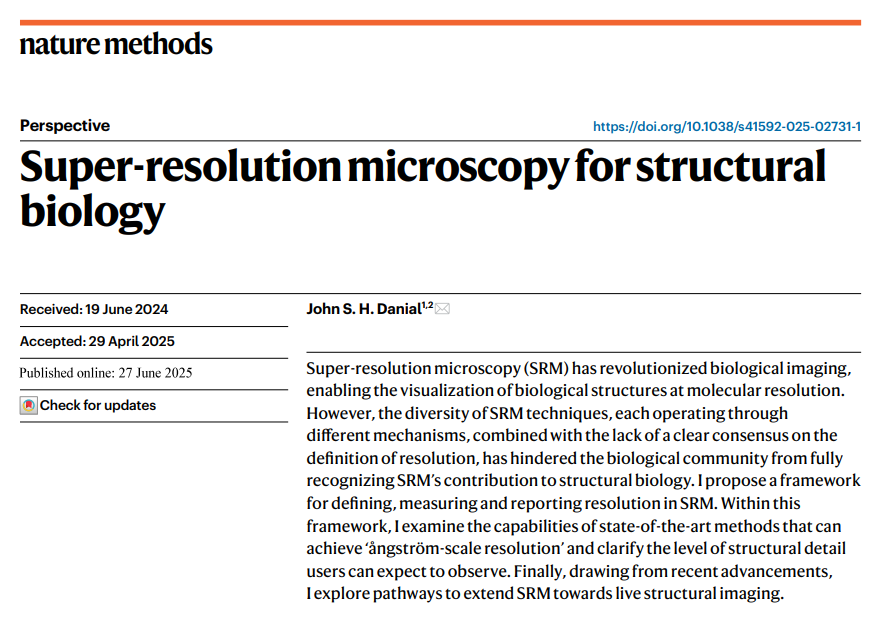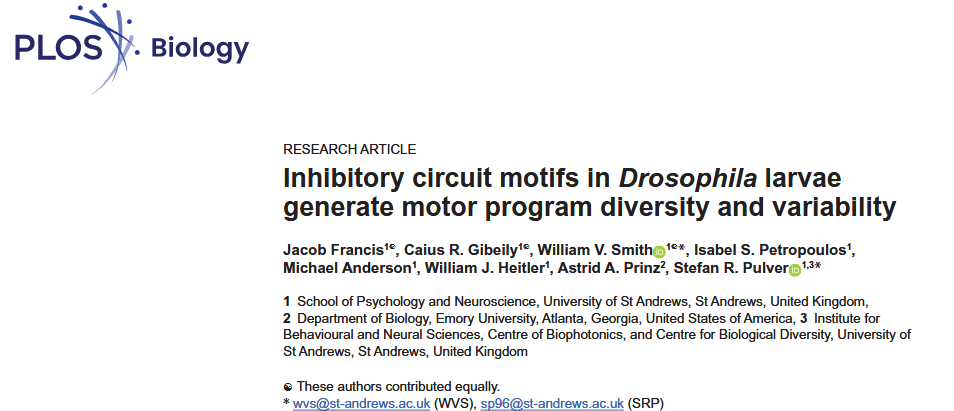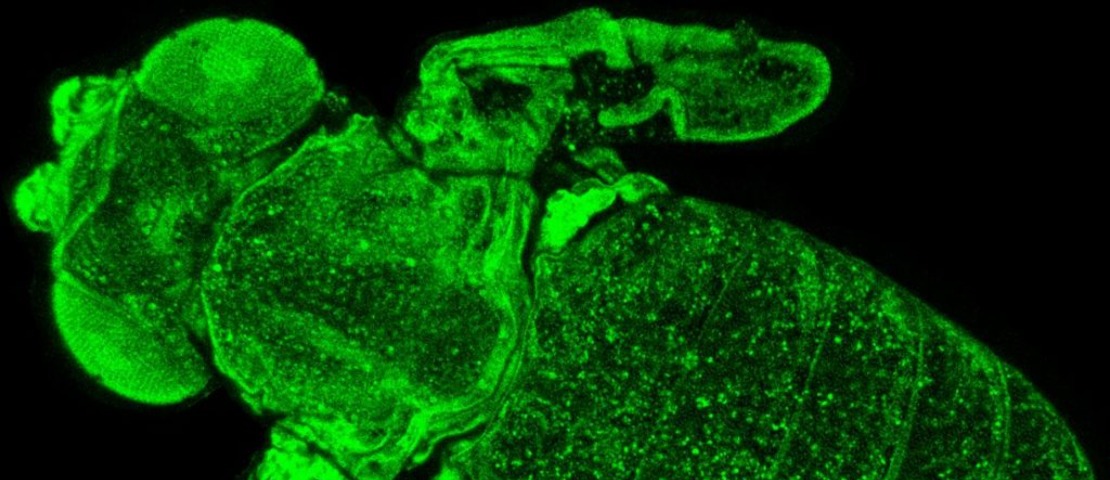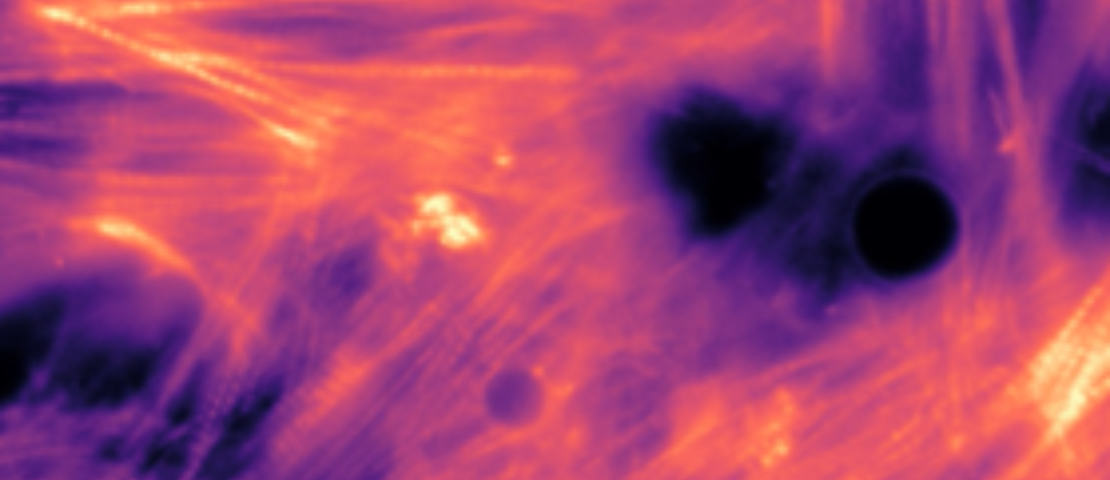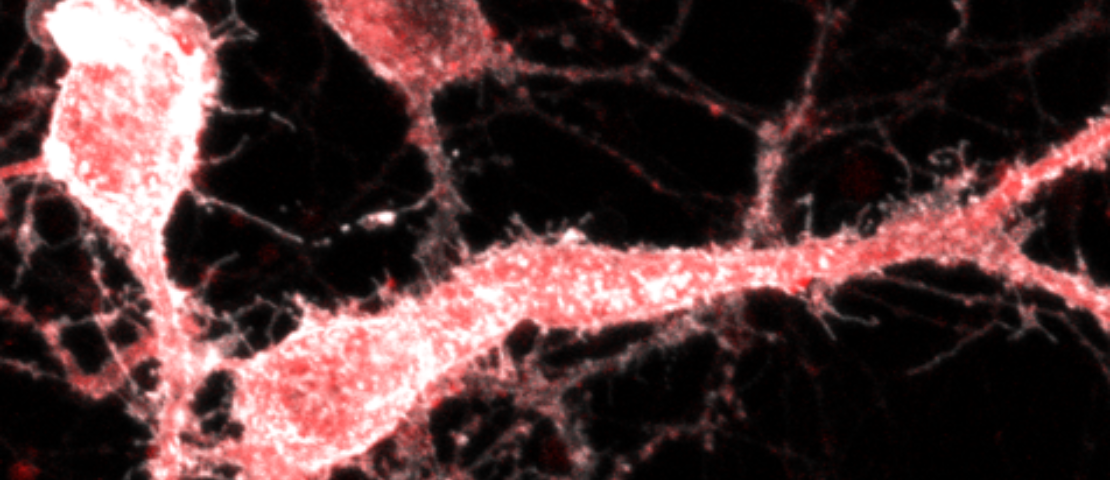
The Centre of Biophotonics (CoB) at the University of St Andrews was established in 2019 with the mission of promoting interdisciplinary research and training at the interface between advanced optical imaging, photonics and biomedical sciences. The Centre integrates researchers across four schools (Physics and Astronomy, Medicine, Biology and Psychology and Neuroscience) and builds on existing strengths in the development and application of light based technologies to investigate biological process at molecular, cellular and tissue scales. The CoB brings together more than 20 research groups around three main themes: imaging across temporal and spatial scales, mechanobiology and neurophotonics. Thus, CoB addresses important questions to improve human health including the origins of cardiovascular diseases, cancer, neurological disorders and the advance in the fight against bacterial and viral pathogens. The CoB is also strongly committed to translational research and the dissemination of technologies emerging from the Centre in collaboration with other institutions and industrial partners.
Seeing is believing and light-based imaging technologies are, now more than ever, uniquely positioned to unveil the mechanisms of life as well as disease. Building on more than 20 years of light-based innovation for the biosciences and by collaborating across disciplines and recruiting the best talents, we aim to watch these processes unfolding in real time, from the molecular and cellular scales, to the whole-organism level.

CoB News

2026 CoB BIOPHOTONICS SUMMER SCHOOL
Following the success of the 1st and 2nd St Andrews Biophotonics Summer School in 2024 and 2025, we are please to announce that the 3rd edition will be running from the 22nd to the 26th June 2026.
Examples of feedback from attendees to last year summer school include:
Experimental sessions were a great immersion into real bioimaging, very helpful to see other methods than everyday lab routine. Overall instructors were very helpful and supportive. Would definitely recommend this to colleagues.
More information about the 2026 Summer School content and the registration process will be uploaded soon. Prospective attendees can contact Dr Paolo Annibale ([email protected]) or Prof Carlos Penedo ([email protected]).

CoB MRC AWARD
Congratulations to Dr John Danial for the awarding of an MRC Career Development Award (£1.8M fEC) to work on the development of single-molecule imaging methods for structral fingerprinting of single amyloid fibrils in human samples. The award will contribute to connect the dots between structural biology and clinical diagnostics to understand and diagnose neurodegenerative diseases with unprecedented detail.
Excellent news John!
More information about John Danial’s research interests can be found here
CoB publications
CoB participating Schools
CoB BioLight seminars
25th November 2025: Active matter meets biophysics
Speaker: Prof Julia Yeomans OBE FRS – IoP Tom Duke Prize Lecture on Biological Physics
The Rudolf Peierls Centre for Theoretical Physics
Clarendon Laboratory, Parks Road, Oxford, OX1 3PU, UK
The seminar will be on Tuesday 25th November at 12.00 in the School of Physics and Astronomy, Lecture Theatre C
Prof Julia Yeomans is the current recipient of the Tom Duke Prize, a prestigious Institute of Physics (IoP) award which the Biological Physics Group (BPG) bestows to an individual who has made exceptional impacts to the field of biological physics.
Host: Carlos Penedo, Sponsor: Institute of Physics-Biological Physics Group

Life defies equilibrium. Cells self-organise molecular components into intricate structures that enable them to grow, reproduce, and move. At a larger scale, collections of cells follow coordinated pathways of division, differentiation and reorganisation as a single cell develops into a mature organism.
Active systems, driven by energy input at the level of individual particles, also exist out of thermodynamic equilibrium. Dense active matter shows distinctive collective behaviour: active turbulence, motile topological defects and co-ordinated flows, reminiscent of the rotation of cell clusters or the swirling patterns of a starling murmuration.
In this talk, I will discuss how the ideas of active matter physics are offering fresh perspectives on mechanobiology and developmental biology: from the structure of lesions in invasive breast cancer to the rheology of active cell monolayers.
More information about the speaker can be found in:https://www.physics.ox.ac.uk/our-people/yeomans

